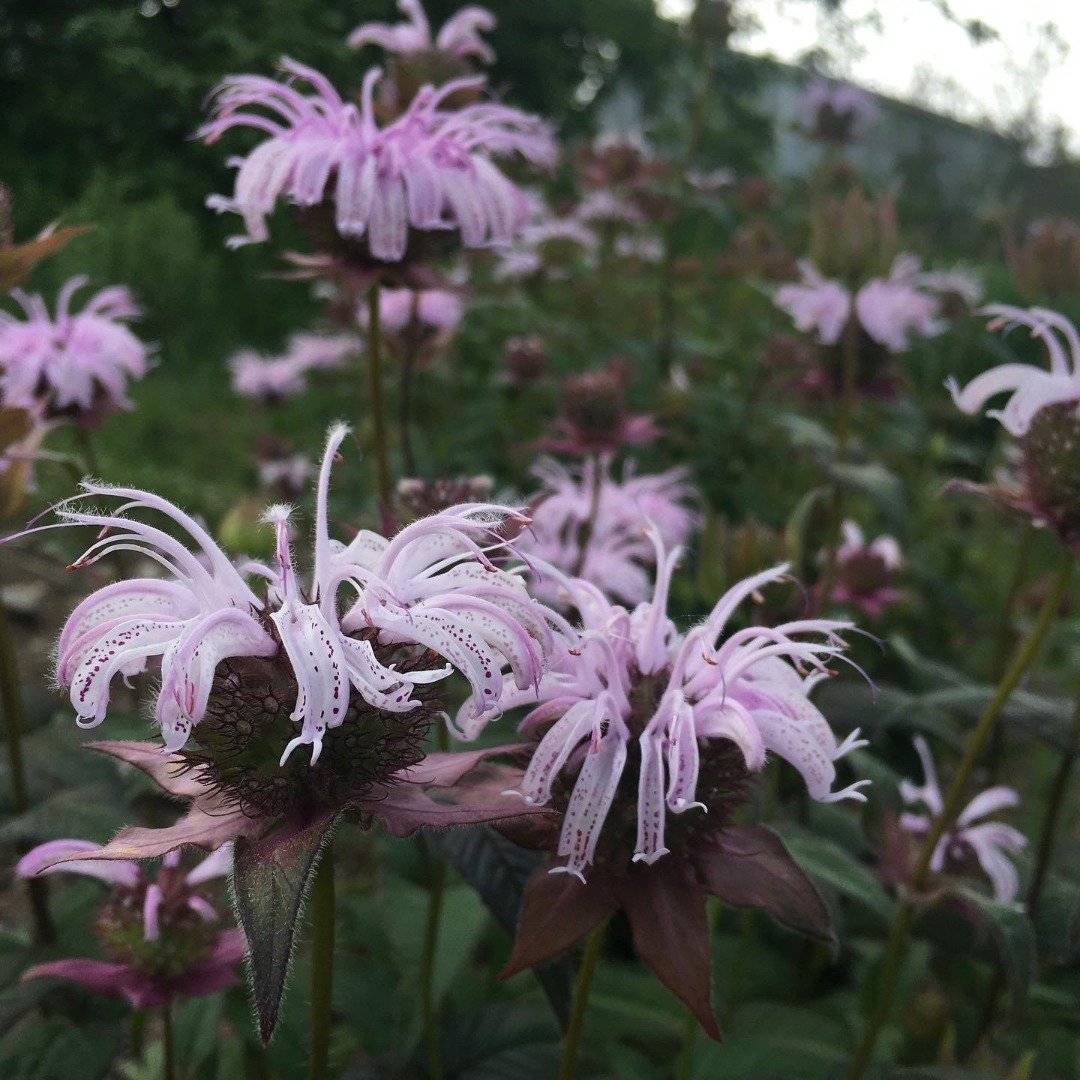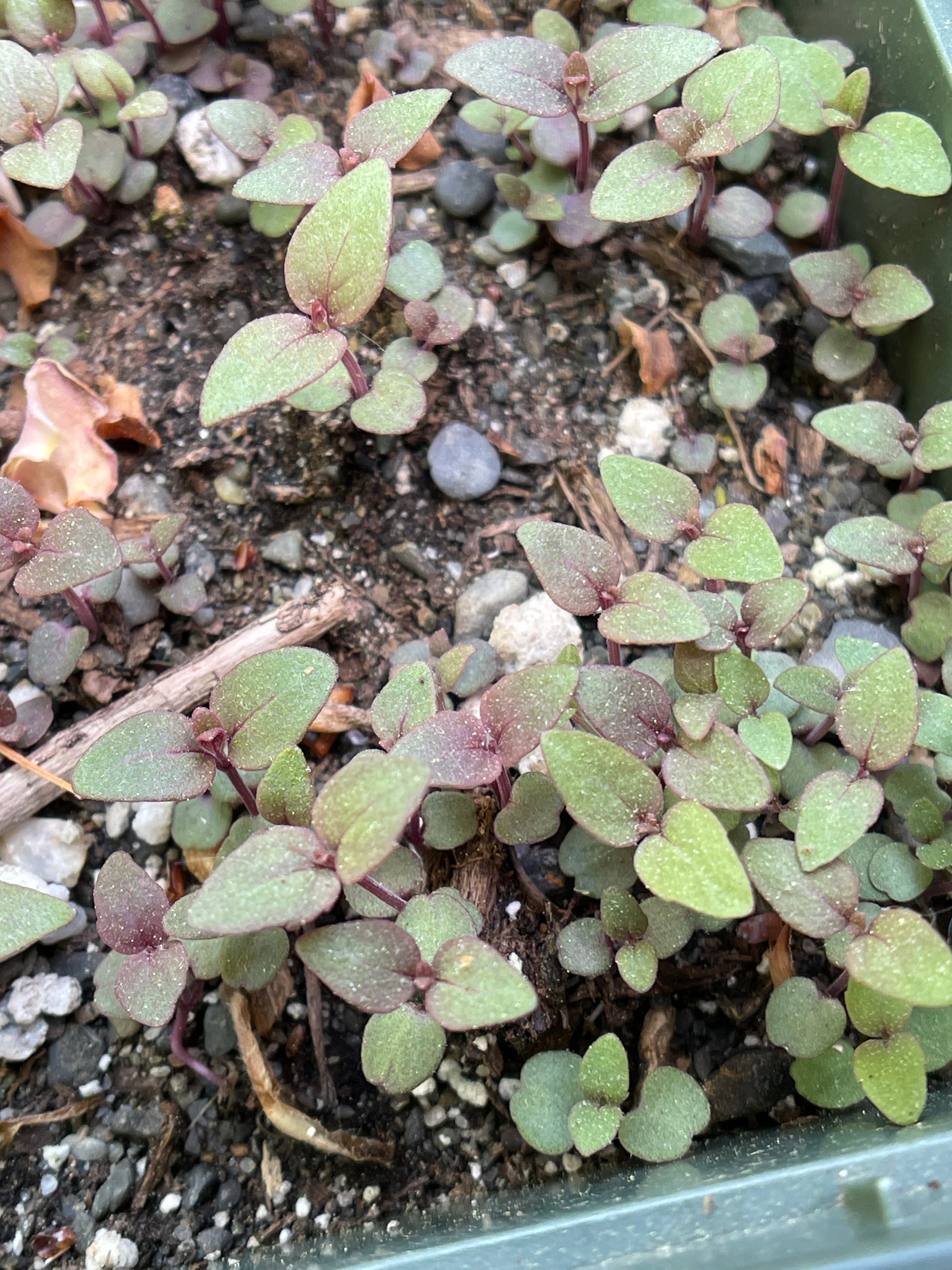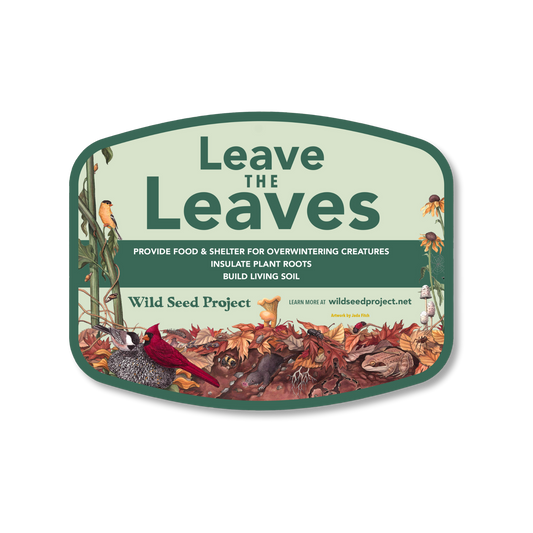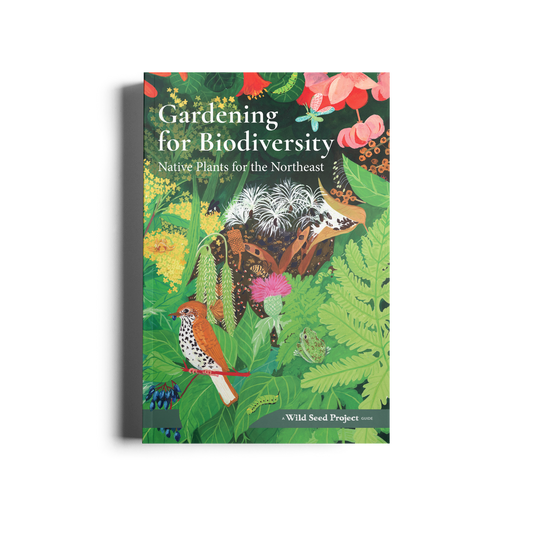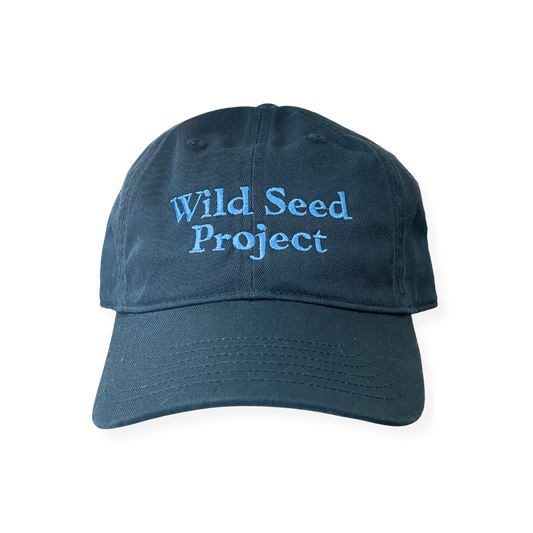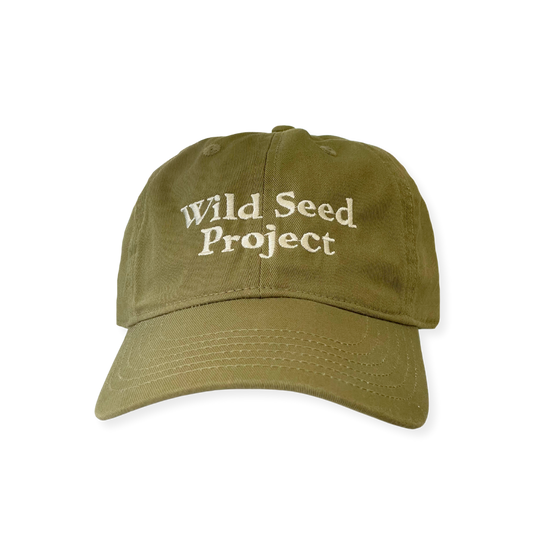Bee-balms — Bradbury's bee-balm (Monarda bradburiana) Seeds
Bee-balms — Bradbury's bee-balm (Monarda bradburiana) Seeds
Out of stock
Couldn't load pickup availability
A low-growing clump-forming bee-balm with lavender flowers that bloom for several weeks in June. Fuzzy lavender green foliage has a fragrant minty scent and remains stunning all season. Flowers pollinated by numerous insects and seeds relished by birds. Makes an excellent tidy garden plant or a tough addition to an urban sidewalk strip or meadow planting. Deer resistant.
Native to Maine: No. Native to the mid-west.
Growing conditions: Sun to part shade in medium to dry soil
Grows up to: 2'
Blooms: In early summer
Pairs well with: Northeastern beardtongue, smooth blue aster, spotted bee-balm, fireweed, shrubby St. John’s wort, and New Jersey tea
Natural habitat: Prairies, open woods, meadows, and roadsides
Seeds per packet: 50-75
These seeds need a winter or cold period to germinate -a minimum of 60 days below 40°F in moist soil (or sand or vermiculite). Sowoutdoors in pots November through February. A great species for beginner seed-sowers.
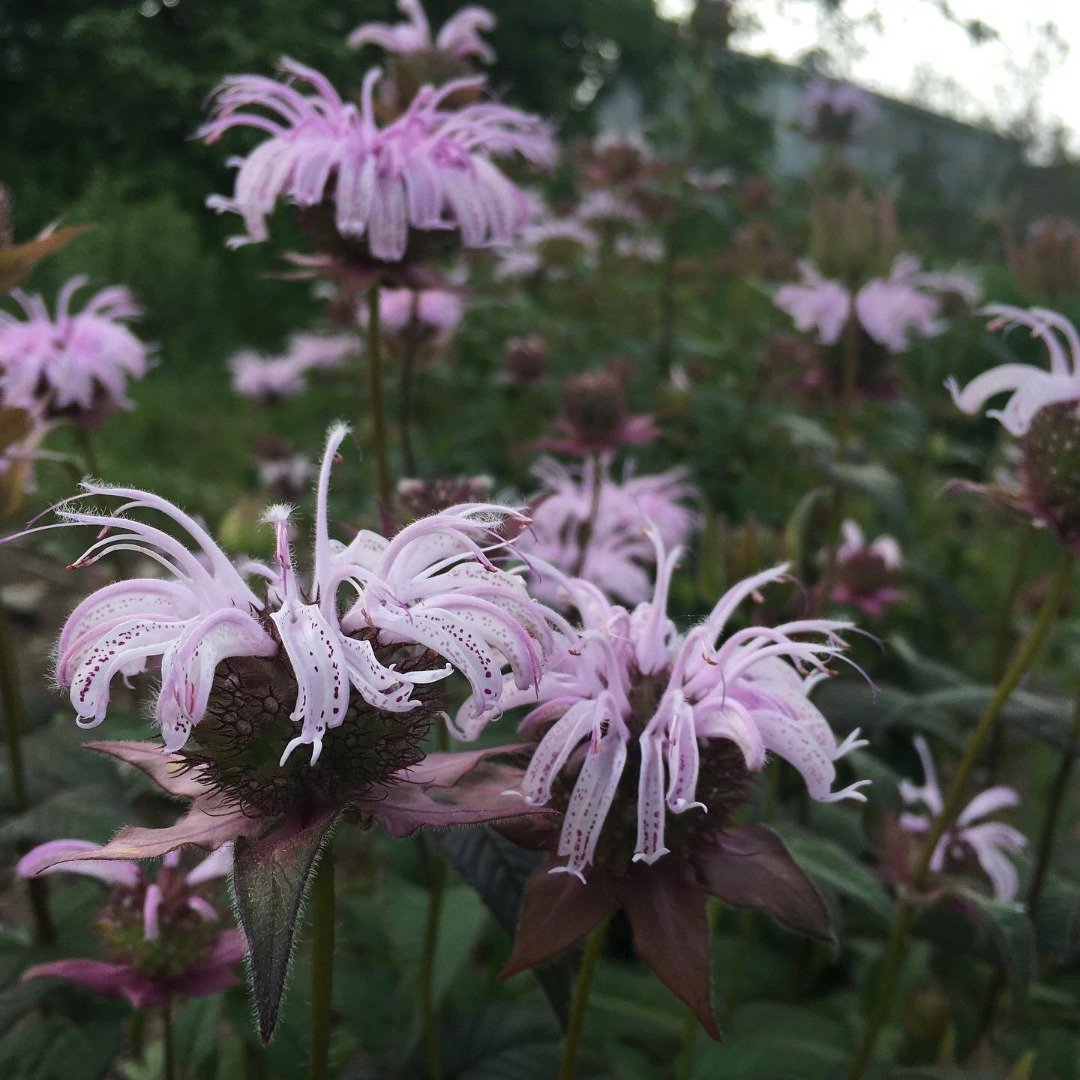
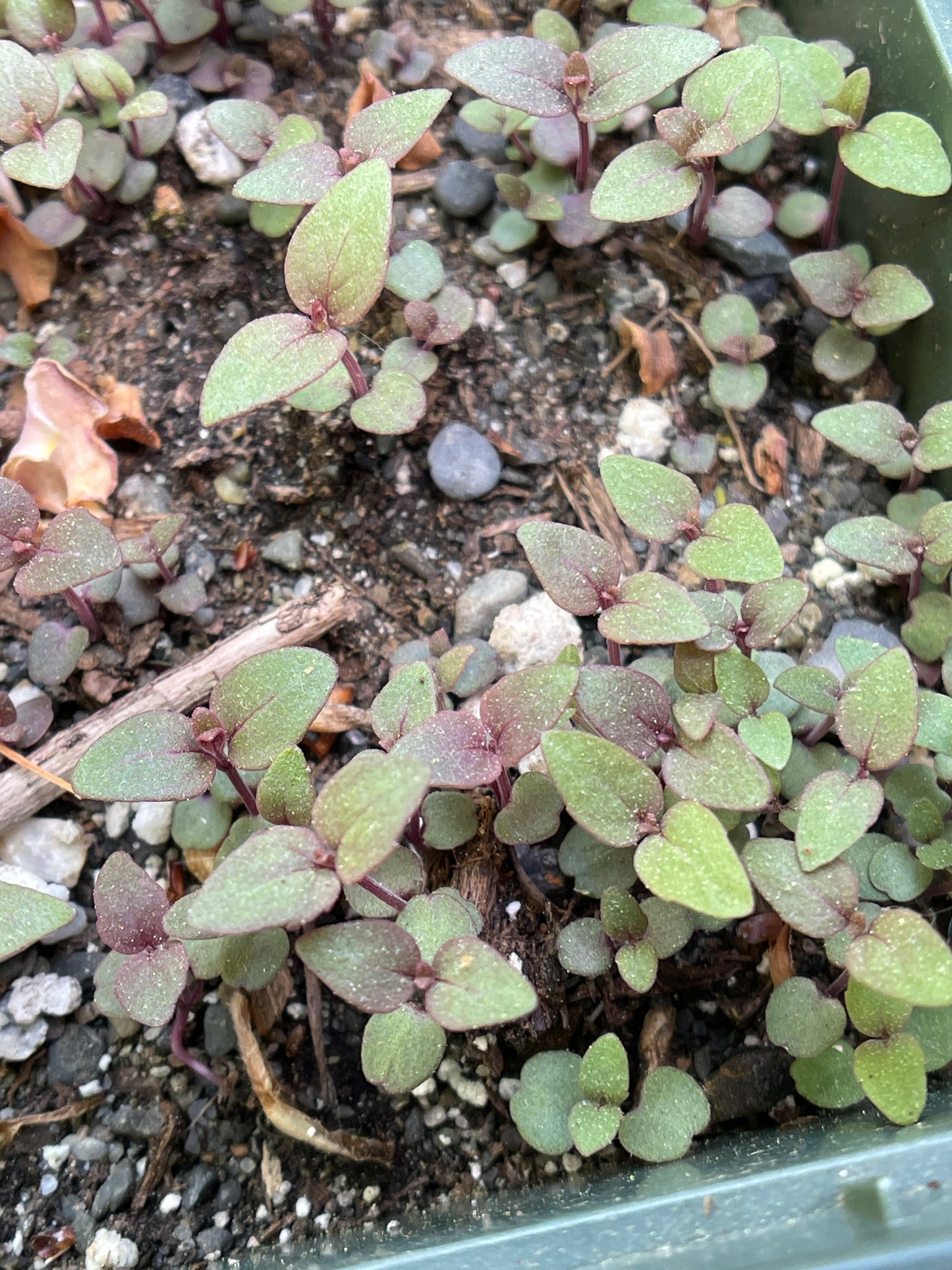
More from Wild Seed Project
-
Leave the Leaves Yard Sign
Regular price $ 28.00 USDRegular priceUnit price / per -
Gardening for Biodiversity: Native Plants for the Northeast
Regular price $ 22.00 USDRegular priceUnit price / per -
Classic Logo Hat in Blue
Regular price $ 26.00 USDRegular priceUnit price / per$ 30.00 USDSale price $ 26.00 USDSale -
Classic Logo Hat in Moss
Regular price $ 26.00 USDRegular priceUnit price / per$ 30.00 USDSale price $ 26.00 USDSale
